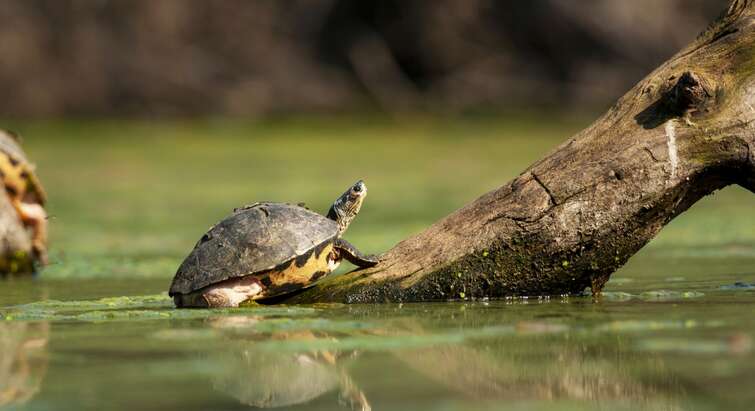
News about Nature conservation
Viser 1 til 15 af 15 dokumenter.

Iconic savanna mammals face genetic problems due to fences and roads

A new family tree revises our understanding of bird evolution

Economist: Tens of billions of dollars in forest products are being overlooked

Explore the Insects With New App

Gene flow in giraffes and what it means for their conservation

Economists: Ecosystems have higher monetary value than previously calculated

Two New Scientists on Tenure Track

The genomic secrets to how the muskox mastered living on the edge

Helle Martens in podcast

Citizen Science receives a significant boost

Three out of four populations of rare butterflies have been lost

Student project grants 2022/2023

Disappearing coastlines: A smartphone and selfie stick can let us know by how much

